The command you will mainly need for this is : Invoke-SQLcmd (documentation)
If you want to be able to call this command though and you don't have SSMS installed, you will need the PowershellTools and the SharedManagementObject packages from the SQL features pack
Here's a sample of its usage.
$infos = @{
'ServerInstance'='YourServer';
'Database' = 'master';
'Username' = 'saOrAccountwithSufficientRights';
'Password' = 'password'
}
$cmd = invoke-sqlcmd @infos -Query 'Select * from sys.databases'
# to see output in a table
$cmd | Format-Table
From there, you can easily call SQL and do whatever logic you want from Powershell.
.
That being said,
from your description, you seems to be already familiar with SQL while not at all with Powershell. You could opt to go through the SQLCMD route for more scripting possibilities in your SQL, which will allows you to use dynamic variables and do pretty much all logic you wish to do from your question (including iterating more than one server through the same script)

(reference: SQLAuthority
Some SQLCMD informations:
SQLCMD Utility
Of course, if you d'rather have it in Powershell, then learn a few basic, make some attempts and ask questions providing sample of your code and where you're stuck and we will be able to help you based on that.
